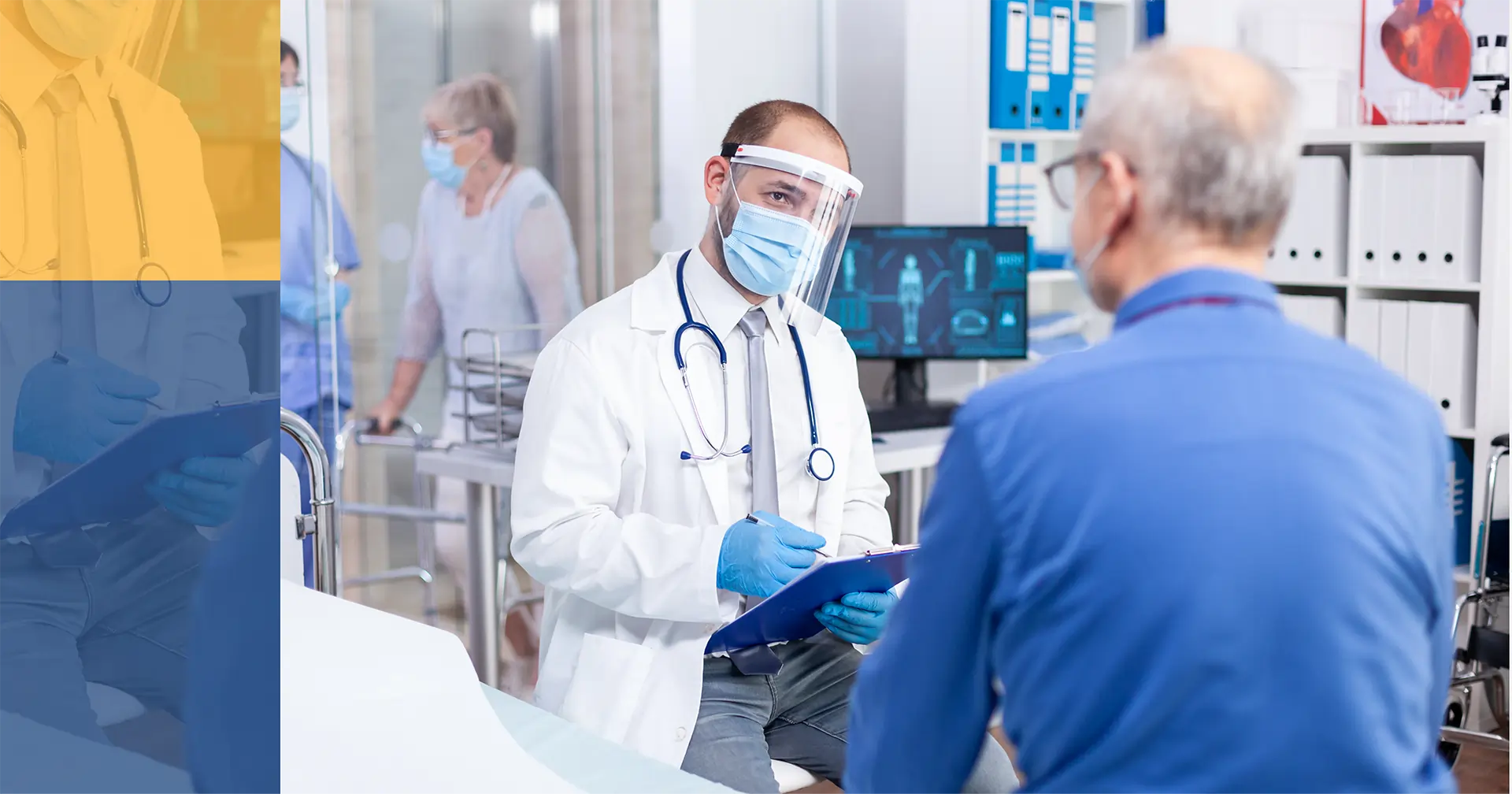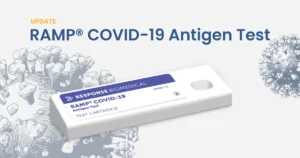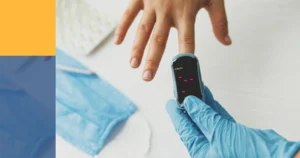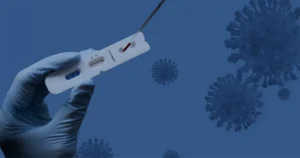Since the pandemic, we’ve seen a surge in the interest and adoption of acute care diagnostics. There’s little doubt some of this interest can be contributed to COVID-19 rapid antigen testing. During the first waves of infection, central laboratory testing facilities were overwhelmed. That meant healthcare workers, technicians, and field workers had to become more familiar with rapid testing.
There is now a CDC guidance on the use of rapid antigen tests. This guidance has helped accelerate development of less costly healthcare delivery and rapid tests that can be completed at the bedside. In our article below, we discuss three key learnings that have developed since healthcare workers have gained more first-hand experience with Point of Care (POC) testing during the pandemic.
Three Acute Care Diagnostic Lessons Learned from the Pandemic
In a study in Analytica Chimica Acta, Micaela Everitt et al suggest that the testing needs of a pandemic differ from that of an everyday setting. The scale at which tests must be manufactured, the amount of staff to train, and the type of sample required took many in the acute diagnostics industry by surprise. The fast spread of the virus required a rapid approach, but the industry wasn’t ready.
According to Micaela, early in the pandemic “no commercial products were available to deliver rapid results or enable testing in the field.” They further explain that the biggest hindrance to assay performance is the sample preparation. Because poor accuracy is often due to how the sample is collected, it would be ideal to have automatic sample preparation.
Although reverse transcription-polymerase chain reaction (RT-PCR) tests are considered the gold standard in detecting the SARS-CoV-2 antigen, adapting the technology in a rapid test format is not easy. The need for thermal cycling to amplify the genetic material is difficult to replicate in a portable device.
The development of rapid, POC molecular diagnostic tests and immunoassays with sensitivity comparable to RT-PCR tests are what companies like Response Biomedical are aiming to achieve.
2. Training Is Crucial to Test Expansion
Early in the pandemic, the WHO made it clear that testing for SARS CoV-2 was absolutely necessary. Temporary POC testing sites collect hundreds of samples a day that are a critical measure to monitor the spread of COVID-19.
In the Association of Public Health Laboratories blog, they detail the unique challenges the pandemic brought to parts of the world that had little experience setting up multiple pop-up testing facilities and training lay staff. As an example of the expansion that took place across North America, in one year the state of Wisconsin increased its testing capacity over 1500% (from 3,482 tests a day to 59,237 tests).
To maintain test accuracy and the safety of their staff, the Milwaukee Health Department implemented a state-wide plan. The four key areas of their strategy were:
- Team Selection
- Training
- Tools
- Outreach
By providing the right tools and roles from the beginning, they were able to retain a high level of efficiency. Also, because POC laboratory operators may have no laboratory experience, they turned to the Clinical Laboratory Improvement Amendments (CLIA) regulations for exemplary training and guidance.
3. Rapid Testing can Help Relieve Pressure on Hospital Staff
During spikes in infection, tremendous pressure is put on hospital emergency wards. This isn’t just because of an influx in patients. Laboratory testing delays can have an effect on patient care.
This isn’t necessarily anything new. In their 2012 book, Point-of-Care Testing: Making Innovation Work for Patient-Centered Care, Chris Price and Andrew St John describe a healthcare system that still feels relevant nearly a decade later. They mention that “the core of good healthcare is centered on the patient supported by healthcare professionals.” The physician-patient relationship is a cycle of “assess-decide-act.” Acute care diagnostics are one potential way to speed up this cycle.
Some of the benefits of POC testing they mention are as follows:
- Health promotion
- Reducing unnecessary referrals to hospital
- Reducing the length of stay in hospital
- Improving the quality of care following discharge to reduce the number of readmissions
The use of rapid COVID-19 antigen tests allows for faster bedside patient response. While the potential for false negatives is much higher than RT-PCR tests, a 15-minute turnaround time helps healthcare providers reduce how many tests they send to the labs for processing. That way, healthcare providers can make faster decisions and reduce length of stay in hospital.
Acute Care Diagnostic Innovation on the Horizon
With the pandemic in its second year, the need for scalable testing and more accurate rapid tests is still very much a concern. The lessons we learn from this healthcare crisis will help us improve rapid antigen testing moving forward.
If you’re interested in learning how you can make accurate and fast patient care decisions with our rapid testing and acute care diagnostic solutions, contact us today.





